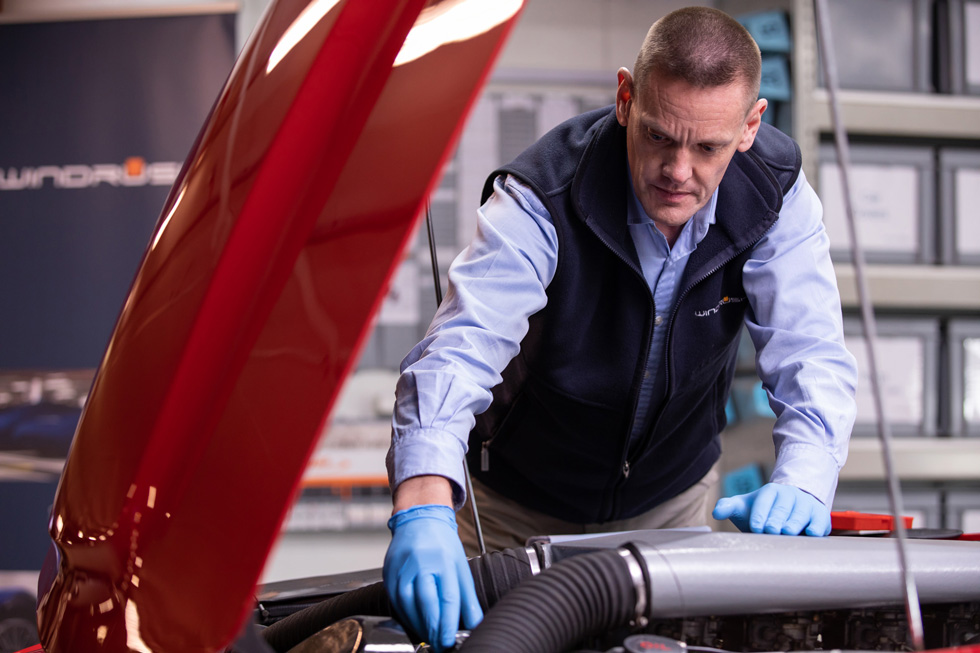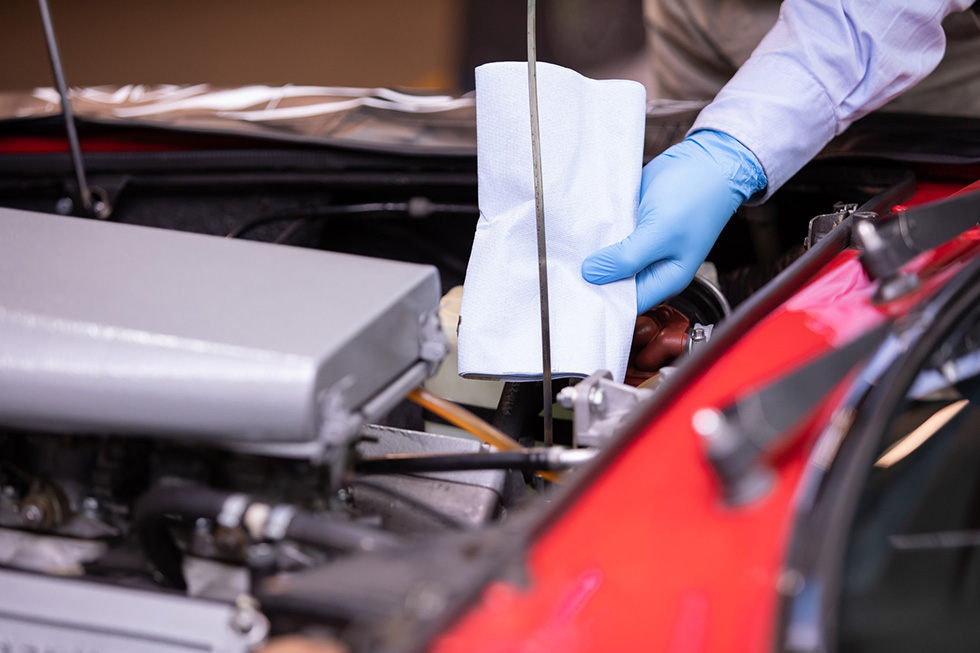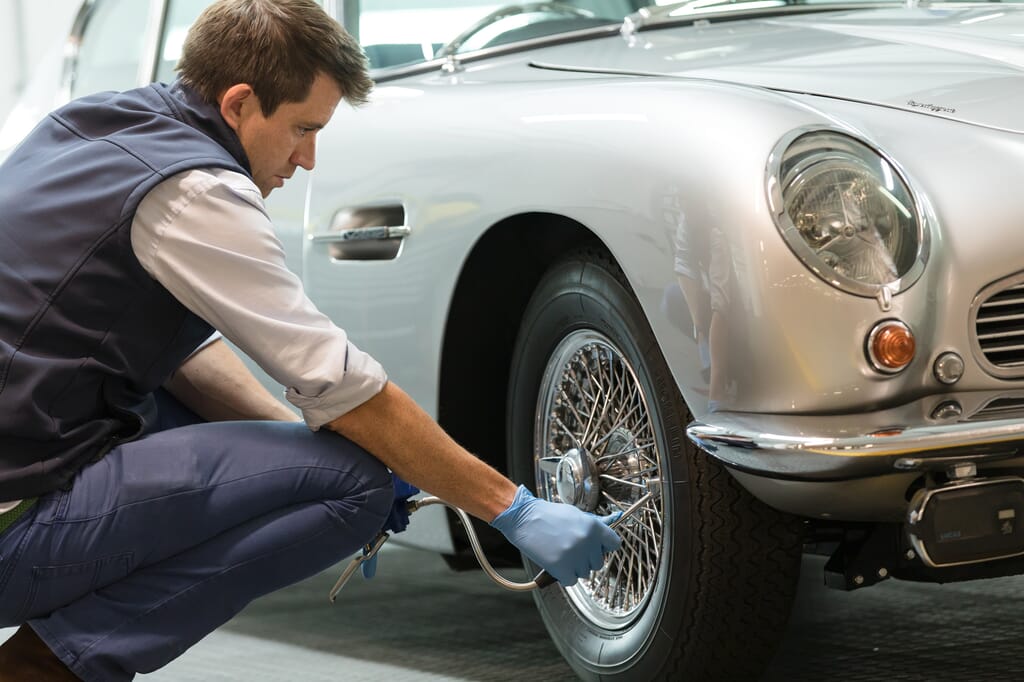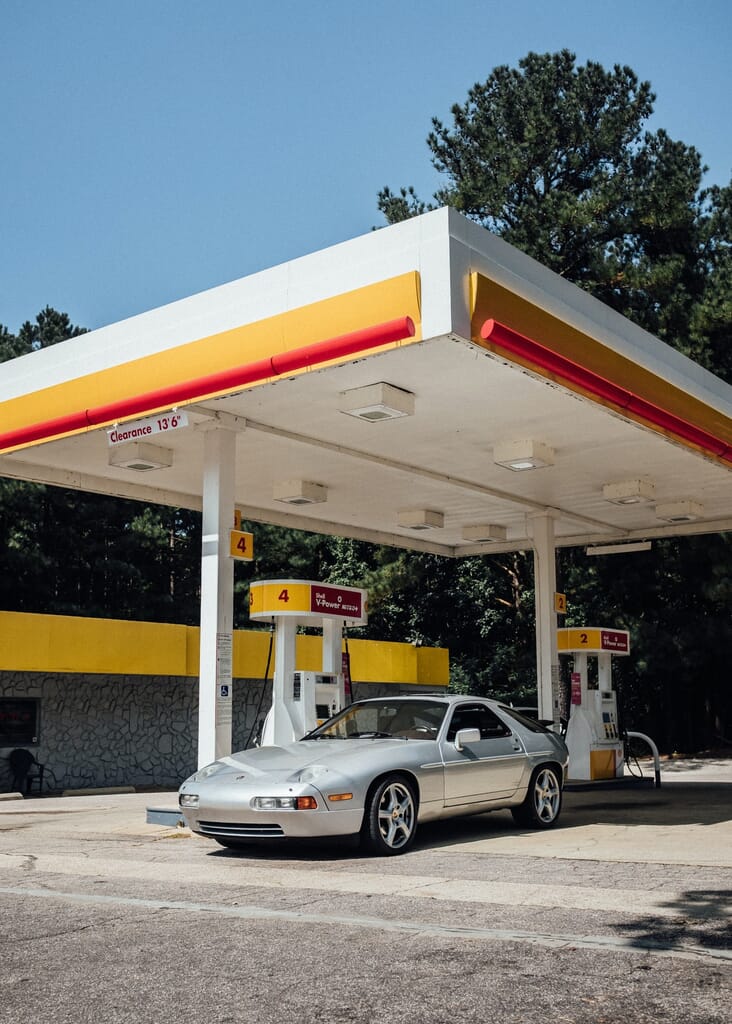
There’s an art to keeping your classic car in optimum condition all year round. From mechanical must-dos to long term car storage, here’s how to prepare a classic car for winter storage.
Every blissful summer of motoring must come to an end. The top-down coastal runs and pedal-tickling countryside cruises cannot last forever. When the nights draw in, road conditions worsen and journeys become a necessity rather than a pleasure, your thoughts will turn to keeping your pride and joy ticking over during its winter hiatus.
Whether you’re an investor or enthusiast, It’s not enough to throw a tarpaulin over your vehicle and stow it in a damp garage secured with an old padlock. If you’ve ever wondered how to prepare a classic car for winter storage the right way, here’s our step-by-step guide.
1. Put in the groundwork

When dusk falls early and the leaves pile up, you should not only drive more defensively, but give your classic a spot of TLC. To cope with the changing conditions, clean your wiper blades, then top up the washer fluid for both windscreen and headlights (choosing a brand strong enough that it won’t freeze in the system). Check your battery and tyre treads, too, and run your air conditioning periodically to keep the system ticking over. Taking these preventative measures now means that when it’s time to put your car into long term car storage, you won’t have a last-minute list of ailments.
2. Give your car a final wash

From muck spun onto your windscreen to leaves clogging the wheelarches, winter will do everything in its power to stop your classic looking good. But the benefits of a thorough last wash and dry aren’t just skin-deep. Cleaning contaminants off the surface will ensure your vehicle’s finish doesn’t suffer over the next few months, while jet-washing alloy wheels will prevent salt corrosion during long term car storage. Of course, at Windrush, we’ll be happy to do this for you, with our professional washing, drying, valeting and detailing services ensuring your vehicle is shipshape when it goes into long term car storage.
3. Check your fluids

Before you put your car to bed for the winter, pop the bonnet and remove the dipstick – if the oil is so dirty that you can’t see the metal through the liquid, you should change it before the big chill. Next, top your car up with high octane rated fuel to stop it degrading, add a top-quality fuel stabiliser, and make sure you’re all set for anti-freeze. It’s reassuring to know, too, that when you choose long term car storage with Windrush, we’ll personally check and optimise your fluids every 60 days.
4. Increase tyre pressure by 50%
If you’re wondering how to prepare a classic car for winter storage, don’t overlook the tyres. It’s not necessary to remove them, but if your vehicle goes into long term car storage with a less-than-optimum PSI, you run the risk of flat spots, announced by a worrying vibration when you take your classic for its first spring run-out. Rest assured that when you come to Windrush for long term car storage, our experts will check your tyre pressures every 60 days, adjusting as necessary.
5. Choose the best long term car storage
All your loving winter preparations will be for nothing if you let your classic rot in a mildewed garage with poor ventilation and negligible security measures. Instead, come to Windrush’s state-of-the-art car storage facilities in London and Oxfordshire, and discover how we can keep your vehicle at its best.
At Windrush, we treat every car with a classic car storage solution that sets the industry standard. Following a thorough twelve-step induction process, we’ll lead your car to its own dehumidified, climate-controlled indoor storage bay, backed by 24/7 security, twice-daily checks, weekly battery and drip tray inspections, plus an expert maintenance checkover every 60 days. When winter bites, there’s simply no better long term car storage solution.
To discover how Windrush long term car storage could help you this winter, get in touch today.




